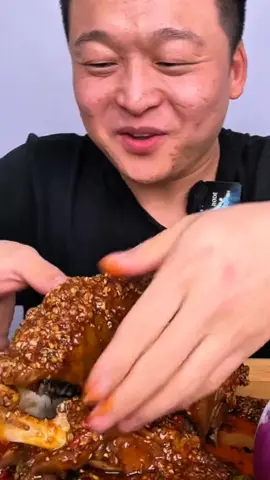Beben Vhtt
Region: ID
Thursday 02 January 2025 15:00:25 GMT
1279
69
3
6
Music
Download
Comments
mama wildan :
lagu ksukaankuh 🥰🥰🥰🥰🥰🥰
2025-01-02 16:30:40
1
To see more videos from user @bebenvhtt, please go to the Tikwm
homepage.





